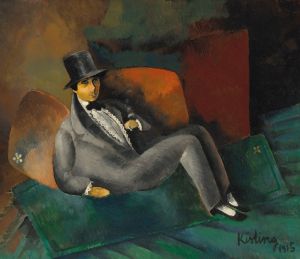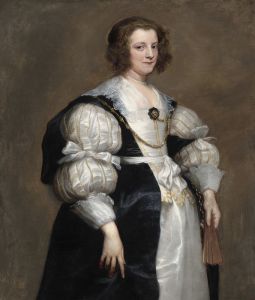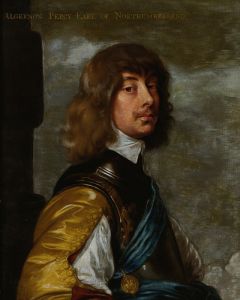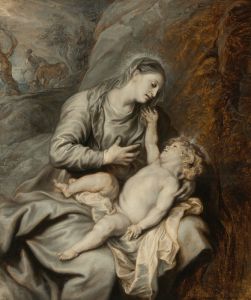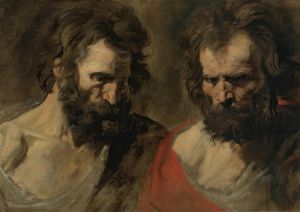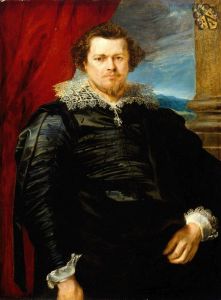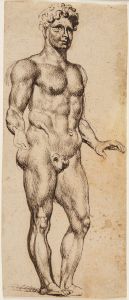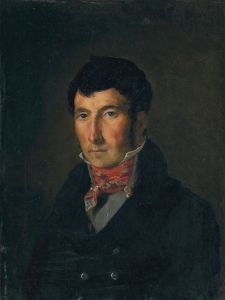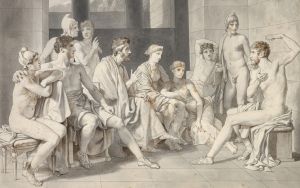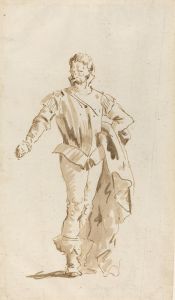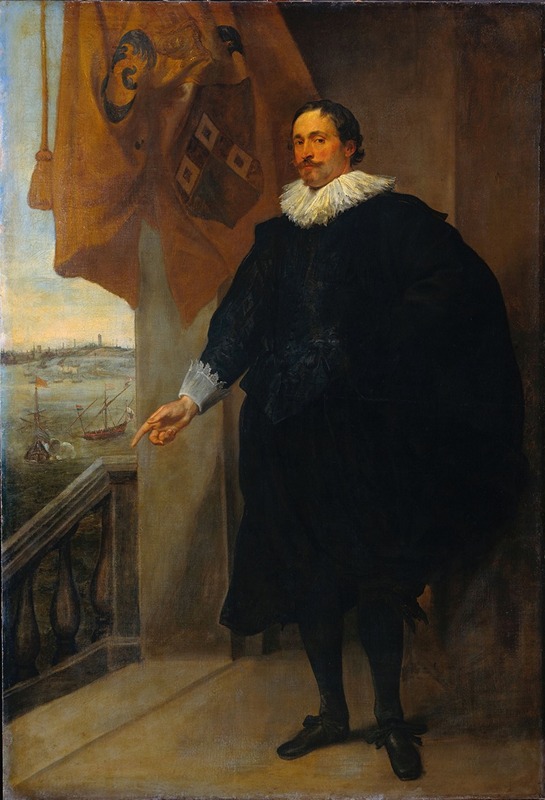
Portrait of a Nobleman, possibly Adriaan van der Borcht
A hand-painted replica of Anthony van Dyck’s masterpiece Portrait of a Nobleman, possibly Adriaan van der Borcht, meticulously crafted by professional artists to capture the true essence of the original. Each piece is created with museum-quality canvas and rare mineral pigments, carefully painted by experienced artists with delicate brushstrokes and rich, layered colors to perfectly recreate the texture of the original artwork. Unlike machine-printed reproductions, this hand-painted version brings the painting to life, infused with the artist’s emotions and skill in every stroke. Whether for personal collection or home decoration, it instantly elevates the artistic atmosphere of any space.
"Portrait of a Nobleman, possibly Adriaan van der Borcht" is a painting by the renowned Flemish Baroque artist Anthony van Dyck. Van Dyck, born in 1599 in Antwerp, was a prominent painter known for his portraits, which often depicted the aristocracy and notable figures of his time. He was a leading court painter in England and had a significant influence on the style of portraiture in the 17th century.
The painting in question is a fine example of van Dyck's skill in capturing the likeness and character of his subjects. Although the identity of the nobleman in the portrait is not definitively known, the title suggests a possible identification as Adriaan van der Borcht. However, without concrete evidence, this remains speculative, and the painting is often referred to by its descriptive title.
Van Dyck's portraits are characterized by their elegance, sophisticated use of color, and the ability to convey the personality and status of the sitter. In "Portrait of a Nobleman," these elements are evident in the detailed rendering of the subject's attire and the subtle expression on his face. The nobleman is depicted with a sense of dignity and poise, typical of van Dyck's approach to portraiture.
The composition of the painting reflects van Dyck's mastery of the Baroque style, with its emphasis on movement, contrast, and emotional depth. The use of light and shadow in the portrait highlights the textures of the clothing and the contours of the sitter's face, adding to the lifelike quality of the work. Van Dyck's ability to capture the nuances of human expression and the richness of fabric is one of the reasons his portraits were highly sought after by the European elite.
Van Dyck's influence extended beyond his lifetime, as his style set a standard for portraiture that continued to inspire artists for generations. His work is often compared to that of his mentor, Peter Paul Rubens, although van Dyck developed a more refined and less exuberant style, focusing on the grace and elegance of his subjects.
The painting is part of a larger body of work that van Dyck produced during his career, which included portraits of royalty, nobility, and other prominent figures. His time spent in Italy, England, and the Spanish Netherlands exposed him to various artistic influences, which he skillfully integrated into his own unique style.
Today, "Portrait of a Nobleman, possibly Adriaan van der Borcht" is appreciated not only for its artistic merit but also as a historical document that provides insight into the fashion, culture, and social hierarchy of the 17th century. The painting is housed in a collection that allows the public to view and study van Dyck's work, contributing to the ongoing appreciation and understanding of Baroque art.
In summary, while the exact identity of the sitter remains uncertain, the painting stands as a testament to Anthony van Dyck's exceptional talent as a portraitist and his significant contribution to the art of his time.





